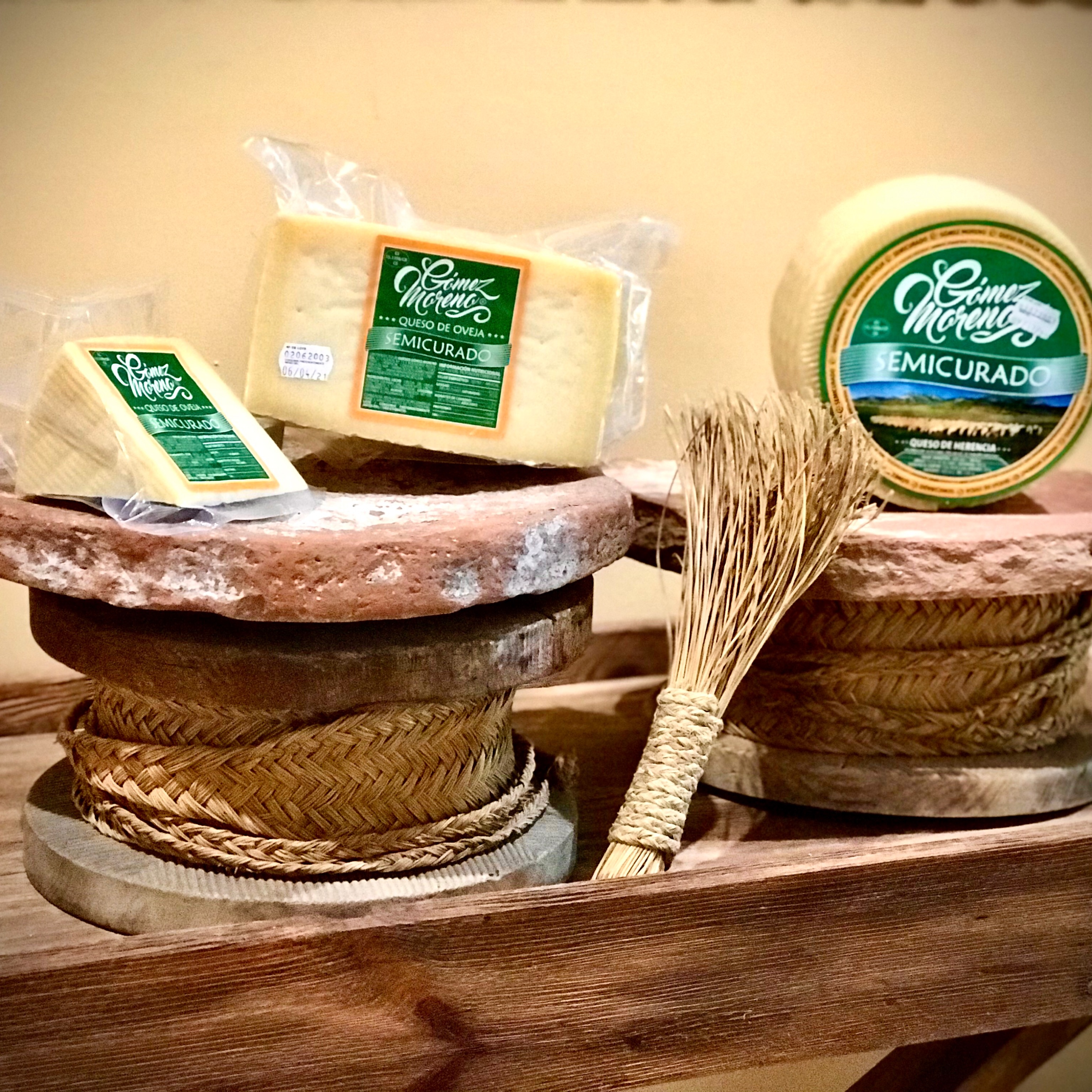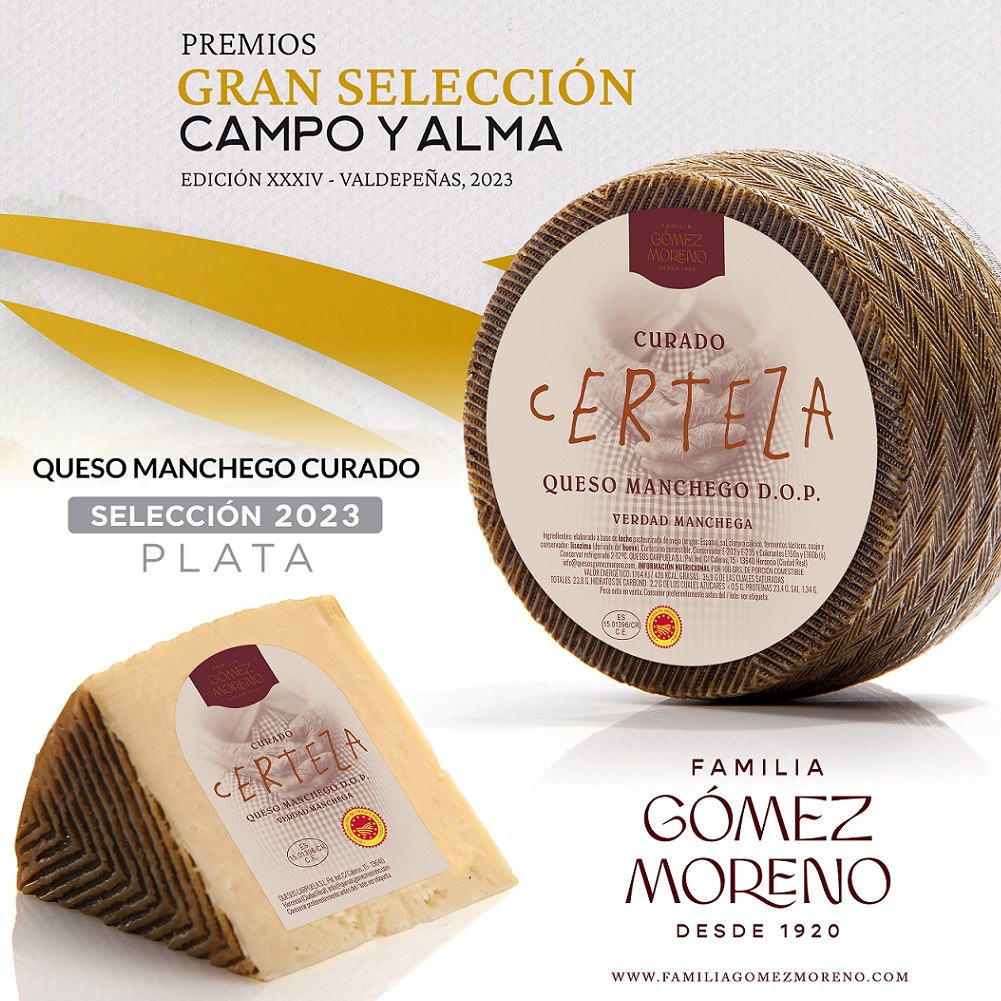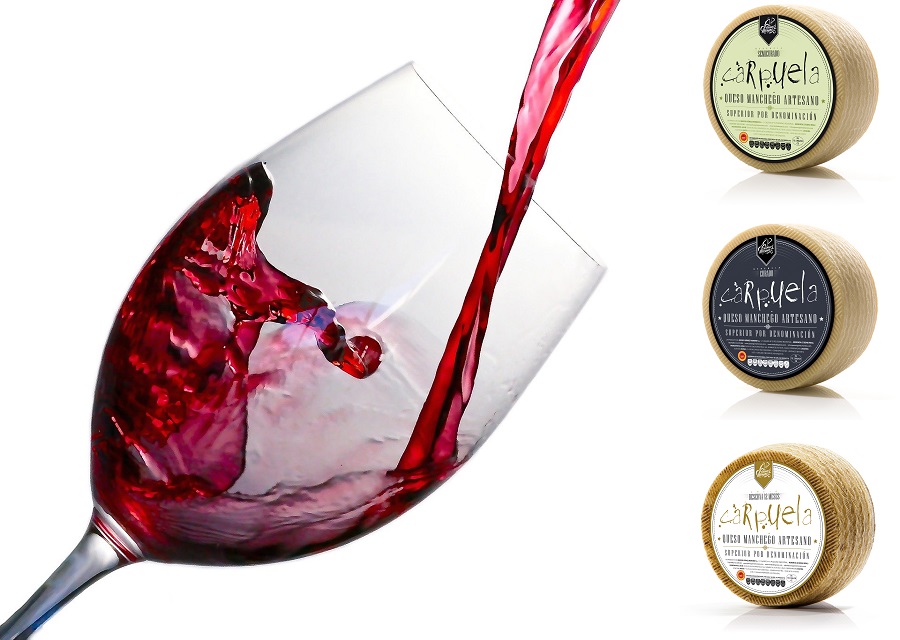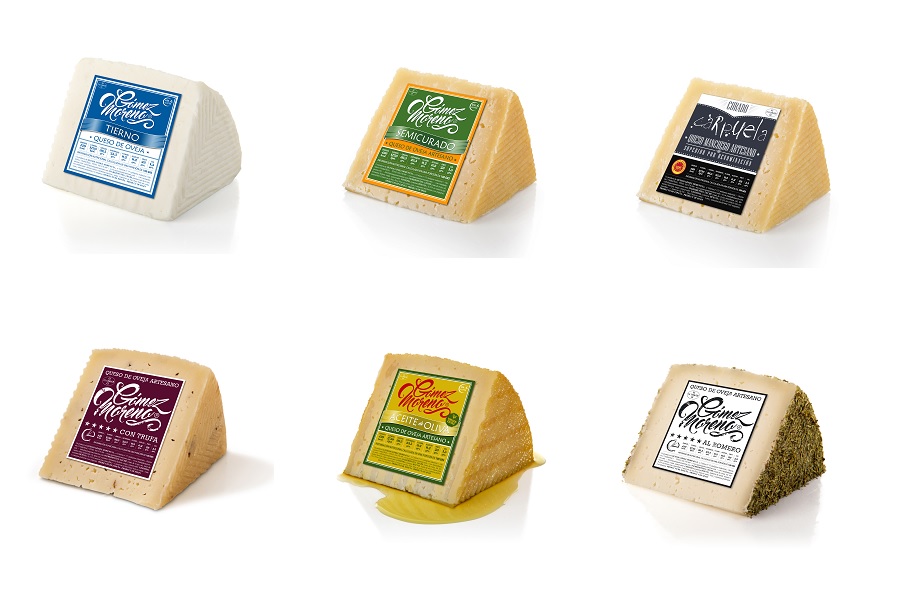Did you know there are different types of cheese cuts depending on the variety?
Surely you’ve had a cheese in your hands and wondered, “How do I cut this?” Don’t worry, it’s happened to all of us at some point in our lives.
So, in this article, we’re going to explain how to cut each type of cheese in the best possible way.
Soft-ripened cheeses in round, square, and pyramid shapes
A large number of these cheeses are of French origin.
Cheeses like Camembert, Brie, or Valençay are cut like a pie, meaning you take a triangular slice from the center of the cheese outward. Finally, divide the slice in half to fully enjoy its flavor…
If the cheese is very large, as in the case of Brie, the triangular portions should be sliced into thinner slices.
These cheeses have a whitish mold rind that can be removed if you don’t like the strong flavor, although we recommend keeping it to enjoy them to the fullest.
Tip to prevent soft cheeses from sticking to the knife
We know that cheeses like these can be difficult to cut because they stick to the knife. To prevent this, we offer you two tips:
- The first is to warm the knife with hot water, dry off the excess with a kitchen towel, and then proceed to cut.
- The second is to coat the knife lightly with oil—we recommend extra virgin olive oil—using a piece of kitchen paper.
How to cut creamy cheeses?
We could name some Swiss cheese, but we’re going to mention our neighbors from Extremadura and their famous Torta del Casar.
These cheeses have a hard rind, but inside they seem melted. There’s no need to heat them before eating; just take them out of the fridge a couple of hours before serving.
To enjoy it, you just need to remove the top rind, though we recommend not cutting it all the way off. Once you’ve finished eating, put the rind back on to preserve it.
You can scoop the cheese directly with a spoon and spread it on toast, or dip the bread straight into the cheese.
It’s like enjoying a fondue straight from the cheese.
Also, when it seems like there’s nothing left, you can make a vegetable sauté, put it in the cheese, and bake it in the oven at 180 degrees for a few minutes to enjoy a delicious meal.
How to cut hard cheeses like Manchego
A characteristic of these cheeses is their hardness, as they have been subjected to a pressing process to compact them. After this, depending on the aging, the cheese will have more or less firmness.
For example, a soft cheese with 30 days of aging will be easier to cut than a cured cheese.
These cheeses are first cut in half using a two-handled knife. Then, wedges are cut from each half.
Finally, we remove the rinds from the sides and make triangular cuts about 5 to 10 millimeters thick.
Ideally, these cheeses should be cut at room temperature to prevent the cheese from cracking.
Cuts for very hard cheeses like Parmesan
These cheeses are sold to the final consumer in wedges, as cutting them at home would be practically impossible.
The minimum aging is 12 months, so you shouldn’t expect the cuts to be uniform. For this reason, we recommend cutting it into small pieces perpendicular to the wedge or grating it.
You can enjoy the full flavor of Parmesan cheese by sprinkling shavings over your pasta dishes or pizzas.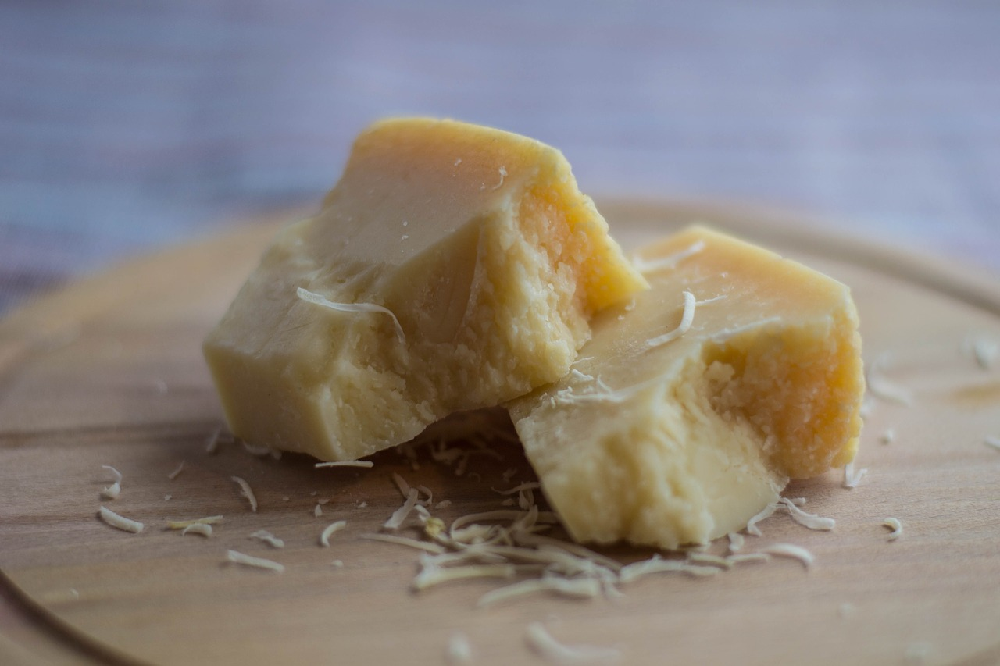
How to cut cylindrical cheeses
Cheeses like goat cheese logs have become part of our diet, whether on toast or accompanying salads.
To cut these cheeses, slice them into rounds—not too thin.
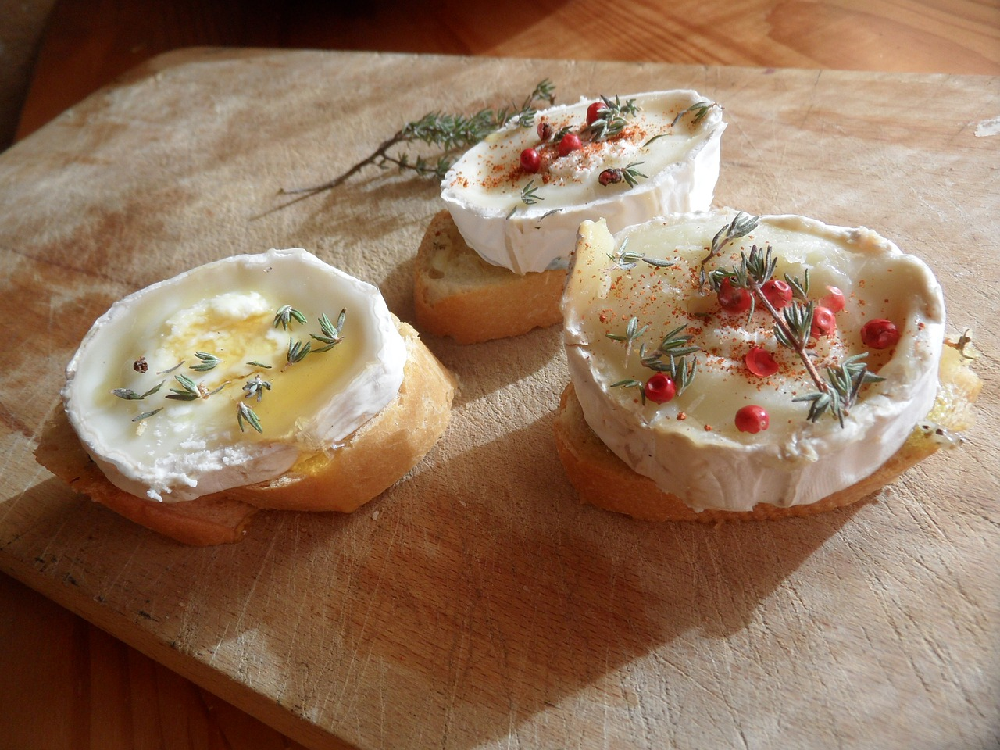
We’ll use a sharp knife moistened with warm water, dipping it in between each cut and drying off the excess water.
How to cut moldy cheeses
These cheeses, like Cabrales, mature in caves.
Sometimes the rind, brown in color, extends into the interior of the cheese; it should be removed if you want to avoid an ammoniacal and putrid taste.
Since these cheeses are semi-hard and fatty, you can cut them into cubes and use a knife to spread them on bread.

We recommend enjoying them with roasted vegetables or as a side for salads.
And you, how do you cut your cheeses? Did you already know some of these types of cheese cuts?



